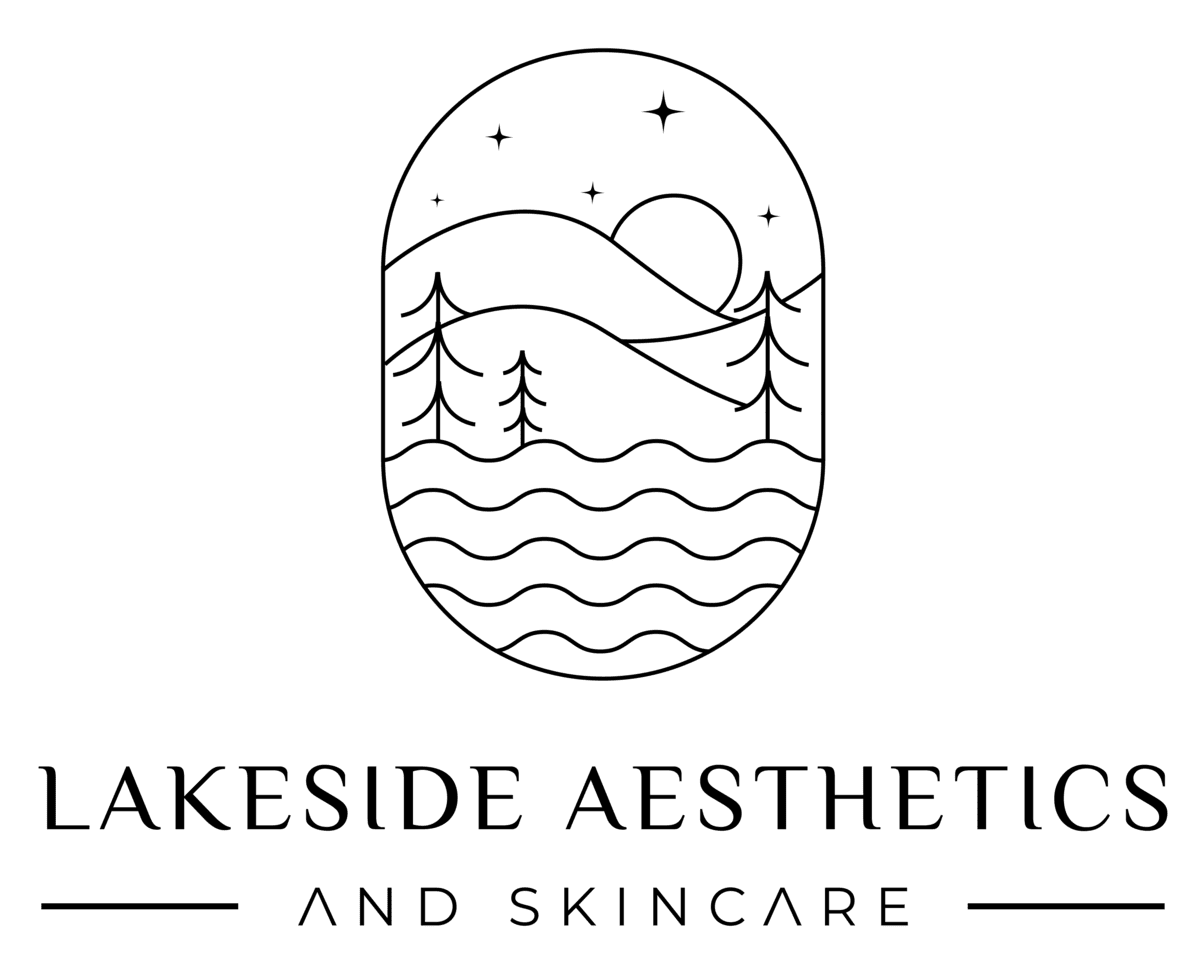Dealing with acne and its aftermath can be challenging for teenagers, impacting both their physical appearance and self-esteem. As parents and teens search for effective solutions, one treatment that often comes up is microneedling. But is microneedling for acne and scars suitable for younger patients? This comprehensive guide will explore the benefits, risks, and considerations of microneedling treatment for teenagers.
Understanding Microneedling
Before diving into its suitability for teens, let’s first understand what microneedling is and how it works.
What is Microneedling?
Microneedling for the face is a minimally invasive cosmetic procedure that uses fine needles to create tiny punctures in the top layer of skin. This process triggers the body’s natural healing response, stimulating collagen and elastin production. The result? Improved skin texture, reduced scarring, and a more youthful appearance.
How Does Microneedling Work for Acne and Scars?
Microneedling for acne scars breaks down old scar tissue and stimulates new collagen growth. This can help:
- Reduce the appearance of pimple scars
- Improve skin texture
- Even out skin tone
- Minimize enlarged pores
For active acne, microneedling can potentially help by:
- Reducing sebum production
- Enhancing the absorption of topical acne treatments
- Promoting overall skin health and renewal
Is Microneedling Safe for Teenagers?
The safety of microneedling for teenagers is a common concern for parents and practitioners alike. Here’s what you need to know:
Age Considerations
While there’s no strict age limit for microneedling, most practitioners recommend waiting until at least 16 years of age. This is because:
- The skin is still developing and may be more sensitive
- Hormonal fluctuations can affect treatment outcomes
- Younger patients may have difficulty following pre and post-treatment care instructions
Skin Type and Condition
The suitability of microneedling treatment for a teenager depends on their skin type and condition. Factors to consider include:
- Severity of acne
- Type and extent of scarring
- Presence of any skin conditions or sensitivities
Consultation is Key
A thorough consultation with a qualified skincare professional is crucial. They can assess the teenager’s skin, discuss treatment goals, and determine if microneedling is appropriate.
Benefits of Microneedling for Teenage Acne and Scars
When deemed suitable, microneedling can offer several benefits for teenagers struggling with acne and scarring:
- Reduced Acne Scarring: Microneedling for acne marks can significantly improve the appearance of scars, boosting confidence.
- Improved Skin Texture: The treatment can help smooth out rough, uneven skin texture often associated with acne.
- Enhanced Product Absorption: Microneedling can increase the effectiveness of topical acne treatments by improving their absorption.
- Minimal Downtime: Microneedling typically has less downtime than more invasive treatments, which is ideal for busy teens.
- Long-lasting Results: With proper care, the results of microneedling can be long-lasting, providing ongoing improvement in skin appearance.
Potential Risks and Side Effects
While microneedling is generally considered safe when performed by a qualified professional, it’s important to be aware of potential microneedling side effects, which may include:
- Temporary redness and swelling
- Mild bruising
- Dryness or flaking of the skin
- Potential for infection if not properly cared for
It’s worth noting that these side effects are typically mild and short-lived.
Microneedling on Active Acne: Is it Safe?
One common question is whether microneedling on active acne is safe or advisable. Here’s what you need to know:
- Generally, it’s recommended to wait until active acne has cleared before undergoing microneedling.
- Microneedling over active acne lesions can spread bacteria and worsen inflammation.
- However, in some cases, a skilled practitioner may perform modified microneedling techniques on areas with mild, non-inflamed acne.
Always consult a skincare professional to determine the best approach for your situation.
Preparing for Microneedling Treatment
If microneedling is deemed appropriate, proper preparation is key to achieving the best results and minimizing risks. Here are some steps to follow:
- Consultation: Discuss expectations, risks, and the treatment process with your skincare professional.
- Skin Preparation: Follow your practitioner’s advice on skincare routines before the treatment. This may include avoiding certain products or treatments.
- Health Considerations: Disclose any medications, health conditions, or allergies that might affect the treatment.
- Hydration: Ensure you’re well-hydrated before the treatment to support skin health.
- Avoid Sun Exposure: Protect your skin from excessive sun exposure in the weeks leading up to treatment.
Post-Treatment Care for Teenagers
Proper aftercare is crucial for maximizing the benefits of microneedling and minimizing potential side effects. Here are some general guidelines:
- Gentle Cleansing: Use a mild, non-irritating cleanser as your practitioner recommends.
- Hydration: Keep your skin well-hydrated with approved moisturizers.
- Sun Protection: Apply broad-spectrum sunscreen daily to protect your healing skin.
- Avoid Makeup: As directed by your skincare professional, wait at least 24-48 hours before applying makeup.
- Skip Harsh Products: Avoid exfoliants, retinoids, and other potentially irritating products for the recommended period.
- Follow-Up: Attend all scheduled follow-up appointments to monitor your progress and adjust your care plan if needed.
Alternative Treatments for Teenage Acne and Scars
While microneedling can be effective, it’s not the only option for managing teenage acne and scarring. Other treatments to consider include:
- Topical medications (e.g., retinoids, benzoyl peroxide)
- Chemical peels
- LED light therapy
- Laser treatments
Your skincare professional can help determine the most suitable treatment plan based on your needs and skin condition.
Conclusion: Is Microneedling Right for Your Teenager?
Microneedling can be an effective treatment for improving the appearance of acne scars and overall skin texture in teenagers. However, it’s crucial to approach this decision carefully, considering factors such as age, skin condition, and individual health circumstances.
At Lakeside Aesthetics and Skincare, we understand the unique skincare needs of teenagers and are committed to providing safe, effective treatments tailored to each individual. If you’re considering microneedling for your teenager, we encourage you to schedule a consultation with our experienced skincare professionals. We’ll thoroughly assess your teen’s skin, discuss your concerns, and develop a personalized treatment plan to help achieve clear, healthy skin.
Don’t let acne and scars hold your teenager back. Book a consultation at Lakeside Aesthetics and Skincare today to explore how microneedling or other tailored treatments can help your teen regain confidence and achieve the clear, radiant skin they deserve. Our expert team is here to guide you through every step of the journey towards healthier, more beautiful skin.



